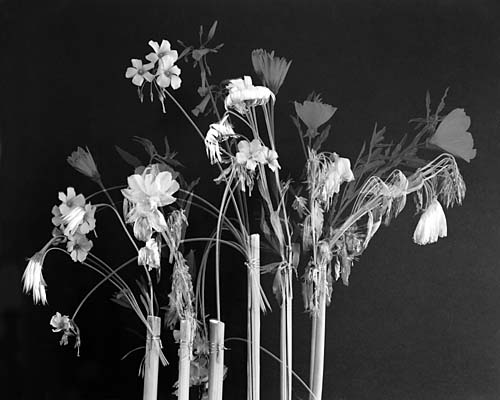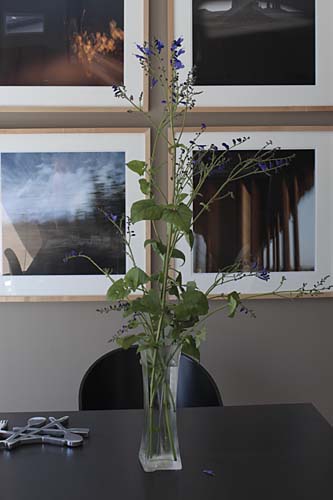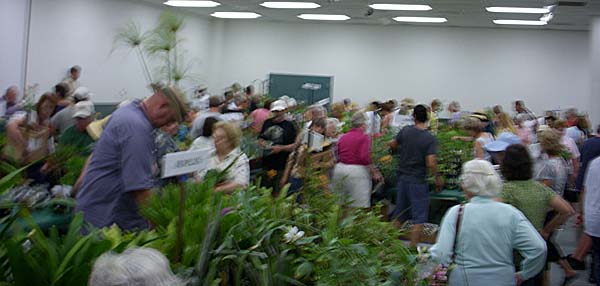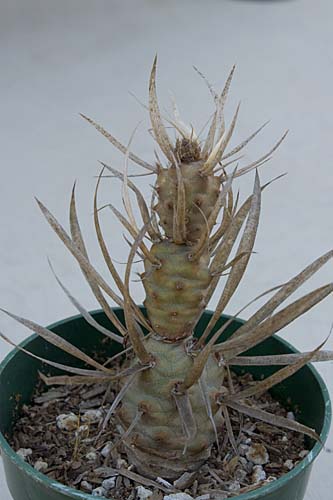The number of examples that I have in the garden of the sage genus, Salvia, is growing. The latest addition is a tiny little plant of white sage, Salvia apiana, that I put into a hole in the front yard where a few other plants have failed. The plant is native to this area and doesn’t require additional water so I’m confident that it should have no problem with with the dry soil and the hot sun exposure. Time will tell whether it can compete with the roots of nearby established plantings.
Local examples of the white sage show it to be fairly low, mounding plant of strongly-scented greenish white leaves. Robin Middleton’s amazing salvia site says that “people find the fragrance of the foliage unpleasant…I don’t particularly like it,” and the description at Las Pilitas Nursery calls the perfume a mixture of “sage, pine needles, burning rubber, skunk.” To my nose, that mixture of sage and pine needles and burning rubber and skunk smells like the local chaparral and long hikes on a sunny afternoon, so I actually enjoy it. In the late spring the low plant puts up informal head-high spires of white flowers, sometimes with a lavender tint, but for me the plant is most valuable for its attractive foliage.
 Photo from the Wikimedia Commons, contributed by Eugene van der Pijll [ source ]
Photo from the Wikimedia Commons, contributed by Eugene van der Pijll [ source ]
In addition to having a number of uses for the local Native Americans as a food, flavoring and medicine, the white sage was considered sacred, figured in sweat lodge ceremonies and was used remove evil spirits.
After the conclusion of 1996 Republican National Convention in San Diego one of the more creative post-convention protests involved an action to exorcise the evil that some thought the convention brought to town. In an act of purification, in an ceremony that involved drumming and chanting, protesters burned sticks of white sage to cleanse the Convention Center site of the residual evil.

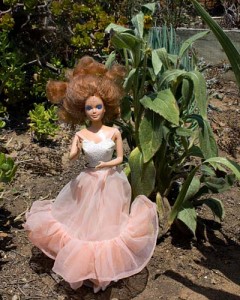
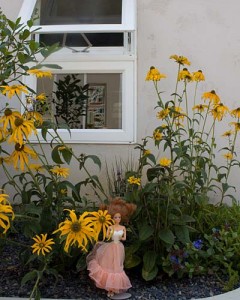
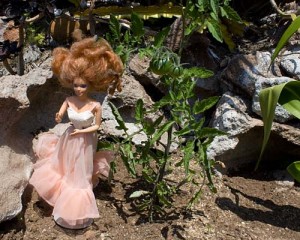
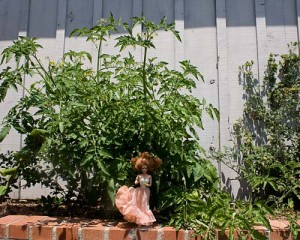
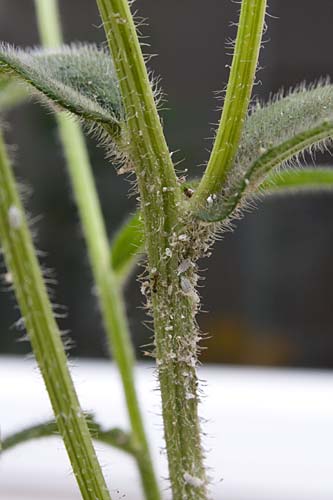 A few days ago I discovered that there was a sudden and massive infestation of mealybugs on one of my plantings of green-eyed gloriosa daisies, Rudbeckia hirta. In addition to the mealybugs, there was a major trail of ants going into the bed.
A few days ago I discovered that there was a sudden and massive infestation of mealybugs on one of my plantings of green-eyed gloriosa daisies, Rudbeckia hirta. In addition to the mealybugs, there was a major trail of ants going into the bed.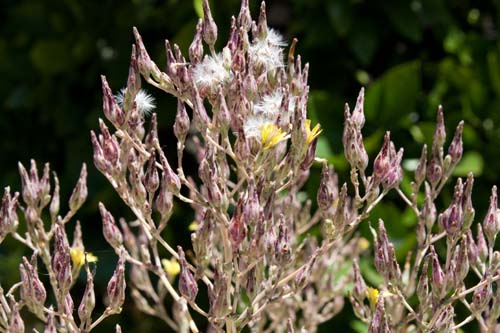

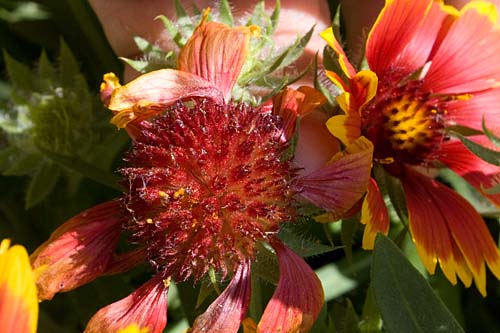 Of these two flowers, the one on the left is ready to be removed.
Of these two flowers, the one on the left is ready to be removed. A week’s worth of spent flowers, ready for the recycling or compost.
A week’s worth of spent flowers, ready for the recycling or compost. I’ve said a couple unkind words against the mounstrously vigorous Mr. Stripey, but that’s the variety that bore first this year. The fruits so far have been small, about three ounces, sweet and extremely mild, with a very thin skin. The color is a rich, medium yellow, with dark rosy-red flushing to the fruits both inside and out. So far they don’t gush classic tomato flavor, but they’re still the best tomatoes I’ve had since last autumn’s farmer’s markets.
I’ve said a couple unkind words against the mounstrously vigorous Mr. Stripey, but that’s the variety that bore first this year. The fruits so far have been small, about three ounces, sweet and extremely mild, with a very thin skin. The color is a rich, medium yellow, with dark rosy-red flushing to the fruits both inside and out. So far they don’t gush classic tomato flavor, but they’re still the best tomatoes I’ve had since last autumn’s farmer’s markets.



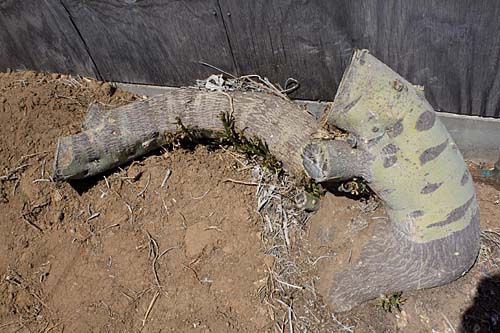
 Halfway across the yard, in a little clay pot, sits another variant of this species, the red form that’s been given the clonal name ‘Rosea,’ and is commonly known as “sticks of fire.” It’s supposed to be a lot less vigorous. It’s not supposed to get much over six feet tall. It’s supposed to lack the same amount of chlorophyll and have less of that life force than its green big brother. But I’m skeptical. That plant isn’t going to get to live outside of its pot. Ever.
Halfway across the yard, in a little clay pot, sits another variant of this species, the red form that’s been given the clonal name ‘Rosea,’ and is commonly known as “sticks of fire.” It’s supposed to be a lot less vigorous. It’s not supposed to get much over six feet tall. It’s supposed to lack the same amount of chlorophyll and have less of that life force than its green big brother. But I’m skeptical. That plant isn’t going to get to live outside of its pot. Ever.